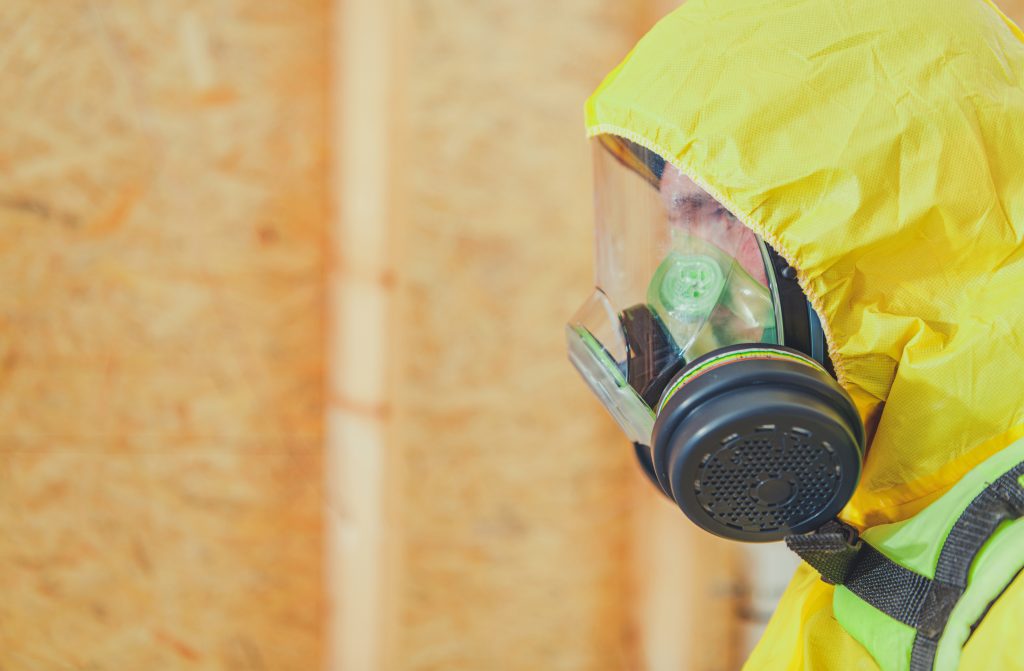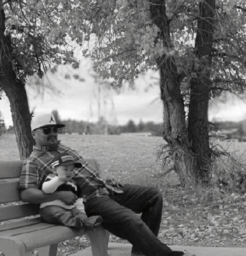Methamphetamine, commonly known as meth, is a synthetic drug that’s illegal and highly-addictive. Its most common forms are pills, powders, and crystals. Meth is often smoked or consumed via inhalation — which poses not only a massive risk to the user, but also to anyone who occupies the space during or after the meth usage.
Over time, the residue from smoking meth builds up into a sticky substance that can be easily transferred through touch into other uncontaminated spaces.
Health Risks of Meth Contamination
Very minor instances of meth contamination, like on the bannister of a public rail station, don’t present significant health risks.
However, when meth residue builds up in large quantities in areas where it was used or manufactured, it can result in absorption through the skin or accidental ingestion.
Generally, the health risks of secondary exposure are minimal for healthy adults. However, for babies, children and older adults, as well as anyone with health risks or compromised immune systems, the risk from minor exposure increases.
In general, even healthy adults want to steer clear of meth exposure, even if it poses a low risk to their immediate health.
How to Identify Meth Contamination
If you suspect meth contamination, it’s best to get a test done. Contamination from meth production is easier to detect.
Some telltale signs of meth production are:
- Signs of chemical dumping on-site, like large “burn pits” of dead grass or vegetation
- Unusual litter including cold medicine packaging, lithium battery shards, stained coffee filters, chemical containers, plastic bottles often with hoses attached or puncture holes, PPE like gloves and respirators, fuel containers, and burnt glass.
- Yellow or reddish stains on the walls
- Strange odors
Meth contamination from smoking and inhalation is harder to see. It can build up on walls and become sticky and shiny, but doesn’t stain the way production does. You may still be able to detect a cloying chemical smell, but the smell will be faint and subtle. This is why a lab test is ideal for clear, straightforward results if a building has been sitting vacant, is a known drug hotspot, or has been the site of suspicious activity.
Meth Decontamination: How to Remediate a Meth Lab
Remediation is best left to professionals to avoid unnecessary health hazards and be sure the cleanup is thorough and effective.
A professional crew will first contain the area they are remediating and ensure it has proper ventilation and safety precautions for the crew.
Next, they’ll remove all waste and dispose of it carefully in alignment with local regulations for hazardous materials if necessary. This waste can include carpet, fabric items, and upholstery that may have absorbed fumes and residue.
After that, they will vacuum carefully using High Efficiency Particulate Air (HEPA) vacuums, which will remove all dirt and debris in a safe way.
All surfaces — including furniture, ceilings, and walls — will be carefully cleaned with detergent. With special attention for surfaces that come in contact with food preparation. Even hard surfaces can be porous and absorb fumes and residue, so careful cleaning is vital to the success of your remediation projects.
Your HVAC system will be cleaned and sealed while the rest of the cleanup efforts take place. Since the HVAC circulates air, it’s important to keep it separate from the contaminated space until after everything is clean, to ensure it doesn’t blow contaminants into a recently scoured area.
Plumbing can also be affected by meth production and use if waste or other byproducts were dumped into drains. Plumbing can be thoroughly flushed after cleanup is complete, however if you are concerned about your plumbing status, your remediation crew may recommend working with a plumber to identify areas of concern — like a septic tank — and decide on the best path forward.
Need Meth Decontamination Services?
Learn more about meth remediation from Mile High Environmental Services. We offer meth decontamination and containment services for multi-family properties, apartment complexes and other commercial facilities. We offer comprehensive services, designed to cover any environmental remediation need you may have, including mold, asbestos, lead, and other chemicals.
If you aren’t sure if your space is contaminated or you need guidance on how to move forward with a known issue, schedule a consultation and we can help you decide the best way to handle your project.


